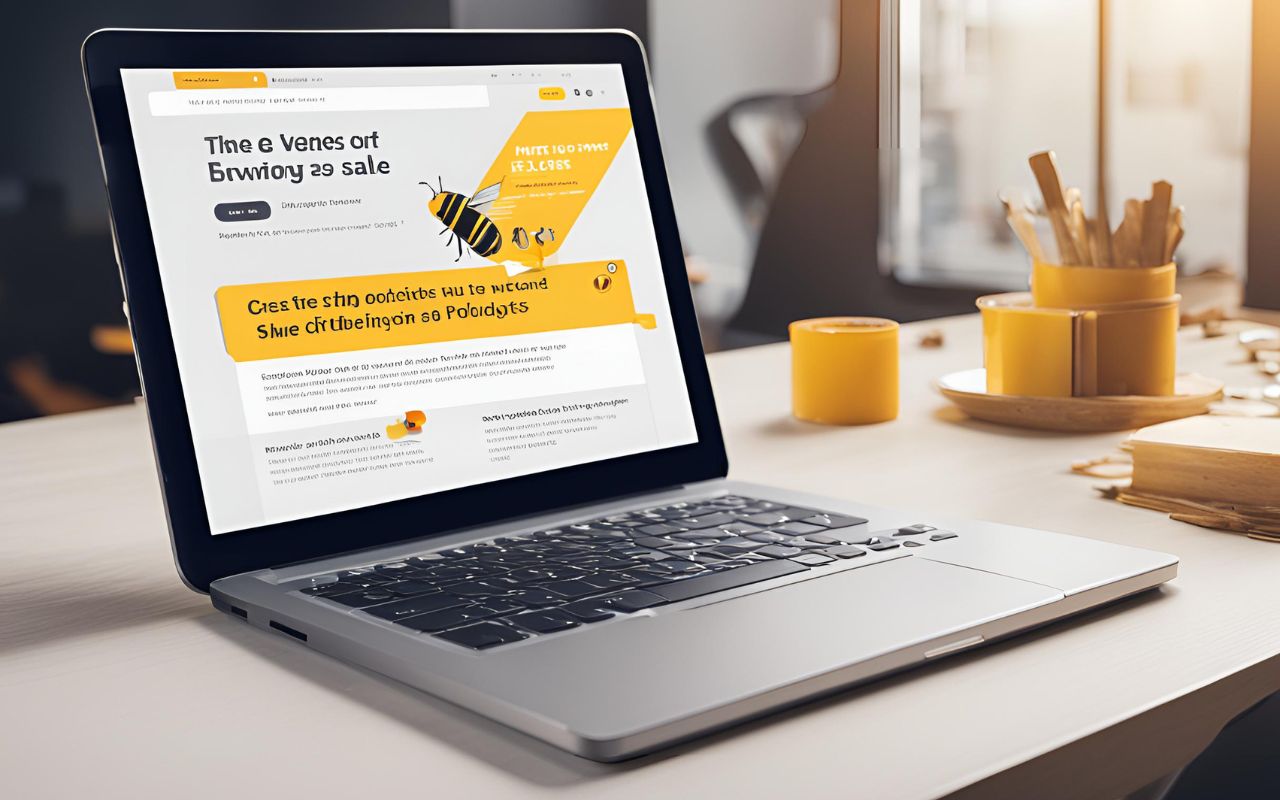
Welcome emails and onboarding sequences are crucial touchpoints in the customer journey. They set the tone for the user’s experience with your brand, making them essential for building engagement and loyalty from the very beginning. A well-crafted welcome email can significantly enhance first impressions, while a thoughtfully designed onboarding sequence ensures that new users quickly understand and derive value from your product or service.
In this comprehensive guide, we will explore the key elements of creating impactful welcome emails and onboarding sequences. We will delve into effective strategies, highlight useful tools, and provide actionable insights to help you optimize these crucial marketing components.
What Are Welcome Emails and Onboarding Sequences?
Welcome Emails
A welcome email is the first email a new subscriber or customer receives after joining your mailing list or making a purchase. It serves to introduce your brand, express appreciation for their engagement, and provide initial guidance on what they can expect. This email often includes a warm greeting, a brief overview of your offerings, and sometimes an incentive like a discount or special offer.
Onboarding Sequences
Onboarding sequences are a series of emails sent over a period to help new users get acquainted with your product or service. These sequences are designed to guide users through essential features, address common questions, and encourage continued engagement. An effective onboarding sequence transforms new users into loyal advocates by providing them with the tools and knowledge they need to succeed.
Why Are Welcome Emails and Onboarding Sequences Important?
First Impressions Matter
The initial interaction a user has with your brand can shape their perception and impact future engagement. A well-crafted welcome email makes a positive first impression and sets the stage for a meaningful relationship. According to studies, welcome emails have an open rate of 82%, significantly higher than the average email open rate of 21% (HubSpot).
Enhanced User Experience
Onboarding sequences play a crucial role in enhancing the user experience. They ensure that new users are not left navigating your product or service on their own. By providing structured guidance and support, onboarding sequences help users understand how to use your offerings effectively, increasing the likelihood of continued usage and reducing churn.
Increased Engagement and Retention
Effective welcome emails and onboarding sequences contribute to higher engagement and retention rates. Personalized and relevant content keeps users interested and invested in your brand. For example, a personalized welcome email with tailored recommendations based on user behavior can lead to higher click-through rates and conversions.

10 Proven Strategies for Crafting Effective Welcome Emails and Onboarding Sequences
1. Craft a Warm and Personalized Welcome Message
A warm, personalized welcome email can set a positive tone for your relationship with new subscribers. Use the recipient’s name, and reference their specific action or interest to create a sense of personal connection.
For instance, if a user signed up for a free trial, acknowledge that and express excitement about helping them explore your service. Tools like Mailchimp and Sendinblue offer easy-to-use personalization features that can help you create engaging welcome messages.
2. Provide Clear and Concise Information
In your welcome email, provide clear and concise information about what the recipient can expect. Include a brief overview of your products or services, key benefits, and any important next steps. Avoid overwhelming users with too much information at once; instead, focus on delivering value and encouraging further exploration.
For example, you might include a summary of your most popular features and a link to a tutorial or user guide. This approach ensures that new users have a clear understanding of what your brand offers and how they can get started.
3. Incorporate a Strong Call to Action (CTA)
A strong call to action is crucial for driving user engagement. Whether you want recipients to explore your website, complete their profile, or take advantage of a special offer, make sure your CTA is prominent and compelling.
For instance, if your goal is to encourage users to complete their profile, use a CTA like “Complete Your Profile Now” or “Get Started with Your Personalized Dashboard.” Tools such as ActiveCampaign and ConvertKit provide customizable CTA buttons to enhance your email campaigns.
4. Design an Engaging Onboarding Sequence
An engaging onboarding sequence should be structured to guide users through their initial experience with your product or service. Start with a welcome email and follow up with a series of messages that introduce key features, provide helpful tips, and address common questions.
For example, if you offer a software product, your onboarding sequence might include emails that explain how to set up their account, utilize advanced features, and integrate with other tools. Platforms like HubSpot and Drip offer powerful automation features to help you design effective onboarding sequences.
5. Utilize Behavioral Triggers
Behavioral triggers are emails sent based on specific actions taken by the user. For example, if a user abandons their cart, an automated reminder email can encourage them to complete their purchase. By leveraging behavioral triggers, you can deliver timely and relevant messages that drive user engagement.
Tools like Klaviyo and Omnisend allow you to set up behavioral triggers and customize messages based on user actions, increasing the likelihood of conversions.
6. Segment Your Audience for Relevance
Segmentation allows you to tailor your welcome emails and onboarding sequences to different audience groups based on their preferences, behavior, or demographics. For instance, new subscribers might receive a different onboarding sequence than existing customers upgrading to a new plan.
By segmenting your audience, you ensure that your messages are relevant and engaging. Tools like Mailchimp and ActiveCampaign provide robust segmentation options to help you deliver targeted content.
7. Include Interactive Elements
Interactive elements, such as quizzes, surveys, or polls, can make your emails more engaging and encourage user interaction. For example, you might include a survey in your onboarding sequence to gather feedback on the user’s experience and preferences.
Interactive elements not only enhance user engagement but also provide valuable insights that can inform your future marketing strategies. Tools like Typeform and SurveyMonkey can help you create and integrate interactive content into your email campaigns.
8. Monitor and Optimize Performance
Regularly monitor the performance of your welcome emails and onboarding sequences to identify areas for improvement. Key metrics to track include open rates, click-through rates, conversion rates, and user feedback. Use this data to make data-driven adjustments and optimize your campaigns for better results.
Tools like Google Analytics and Litmus offer in-depth analytics to help you evaluate the effectiveness of your email campaigns and refine your strategies.
9. Ensure Mobile Optimization
With a significant portion of users accessing emails on mobile devices, it’s essential to ensure that your welcome emails and onboarding sequences are mobile-friendly. Optimize your email design for mobile screens, use responsive templates, and test your emails across different devices to ensure a seamless experience.
Platforms like Mailchimp and Sendinblue offer mobile-responsive email templates that adapt to various screen sizes.
10. Personalize Based on User Data
Leverage user data to personalize your welcome emails and onboarding sequences. For example, if you know a user’s industry or interests, tailor your content to reflect those details. Personalization increases relevance and engagement, leading to higher satisfaction and retention rates.
Tools like Segment and HubSpot enable you to gather and use user data to create highly personalized email content.
Additional Strategies for Enhancing Welcome Emails and Onboarding Sequences
- Use Testimonials and Social Proof: Include customer testimonials or case studies to build trust and credibility.
- Offer Value from the Start: Provide useful resources, such as eBooks or guides, to add immediate value to your emails.
- Foster Community Engagement: Encourage new users to join your online community or social media channels to build a sense of belonging.
Conclusion
Crafting effective welcome emails and onboarding sequences is essential for building strong customer relationships and ensuring a positive user experience. By implementing these 10+ proven strategies and utilizing the right tools, you can create impactful email campaigns that engage, educate, and convert new users. Continuous monitoring and optimization will help you refine your approach and achieve long-term success in your email marketing efforts.
Frequently Asked Questions
1. How long should my onboarding sequence be?
The length of your onboarding sequence depends on the complexity of your product or service. A typical sequence may include 3 to 7 emails spread over a few weeks. Ensure that the content is relevant and provides value at each stage.
2. What are the best tools for creating automated welcome emails?
Tools like Mailchimp, HubSpot, and ActiveCampaign offer robust features for creating and automating welcome emails.
3. How can I measure the success of my onboarding sequence?
Track key metrics such as open rates, click-through rates, and user engagement to measure the success of your onboarding sequence. Use this data to make improvements and optimize your strategy.
4. Should I A/B test my welcome emails and onboarding sequences?
Yes, A/B testing allows you to compare different versions of your emails and determine which performs better. Test elements such as subject lines, CTAs, and content to optimize your email campaigns.
Implementing these strategies will ensure that your welcome emails and onboarding sequences are both engaging and effective, helping you to build lasting relationships with your customers.
Learn more:






